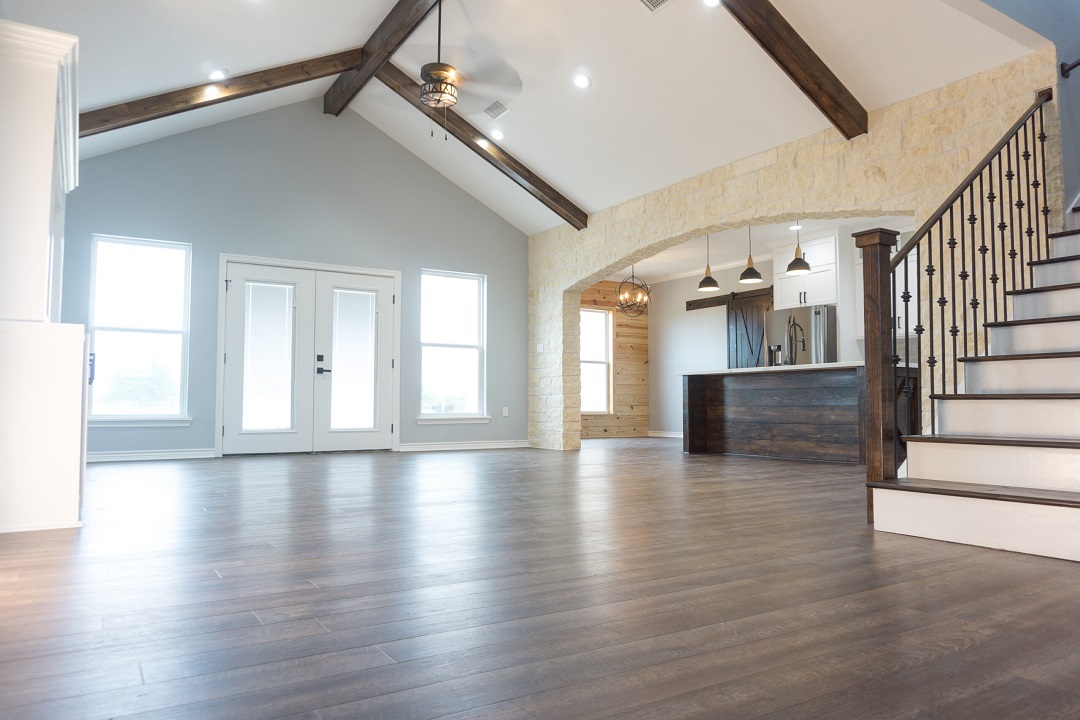How Do You Reduce Heat in a Cathedral Ceiling?
Reducing heat buildup in a cathedral ceiling is essential for maintaining comfort and energy efficiency in your home, especially during the hot summer months. A cathedral ceiling, with its sloped design and often limited insulation space, can become a heat trap if not properly managed. So, how can you effectively reduce heat in a cathedral ceiling? Let’s explore some strategies.
Understanding Heat Buildup in Cathedral Ceilings
Cathedral ceilings, also known as vaulted ceilings, are prone to heat buildup due to their large surface area and exposure to direct sunlight. During the day, sunlight penetrates through windows and skylights, heating up the ceiling surfaces and causing the air underneath to become warm. Without proper insulation and ventilation, this heat can linger, making the interior space uncomfortable and increasing cooling costs.
Strategies for Reducing Heat in Cathedral Ceilings
1. Install Reflective Roofing Materials
One of the most effective ways to reduce heat buildup in a cathedral ceiling is by installing reflective roofing materials. These materials, such as cool roof coatings or reflective shingles, reflect sunlight away from the roof surface, reducing the amount of heat absorbed by the ceiling.
2. Increase Insulation
Improving insulation in the cathedral ceiling can help reduce heat transfer from the roof to the interior space. Consider adding additional insulation layers or using high-R-value insulation materials to minimize heat gain.
3. Provide Adequate Ventilation
Proper ventilation is crucial for dissipating heat and maintaining airflow within the cathedral ceiling cavity. Install ridge vents, soffit vents, or gable vents to promote air circulation and prevent heat buildup. Mechanical ventilation systems, such as attic fans, can also help exhaust hot air from the ceiling cavity.
4. Use Light-Colored Interior Finishes
Opt for light-colored interior finishes, such as paint or ceiling materials, to reflect sunlight and reduce heat absorption within the living space. Light colors absorb less heat than dark colors, helping to keep the interior cooler.
5. Provide Shade
Minimize direct sunlight exposure to the cathedral ceiling by providing shading devices such as awnings, exterior blinds, or landscaping features like trees or trellises. By blocking or diffusing sunlight, you can reduce heat gain and improve comfort indoors.
FAQs
Q: Will adding more insulation to my cathedral ceiling make it cooler?
A: Yes, increasing insulation levels can help reduce heat transfer and keep the interior space cooler by minimizing heat gain from the roof.
Q: Do cathedral ceilings require special ventilation considerations?
A: Yes, cathedral ceilings may benefit from additional ventilation to prevent heat buildup and moisture accumulation. Ridge vents and soffit vents are commonly used to promote airflow.
Q: Can I retrofit my existing cathedral ceiling to improve insulation and reduce heat buildup?
A: Yes, it’s possible to retrofit cathedral ceilings with additional insulation and ventilation to improve energy efficiency and comfort.
Q: Will using reflective roofing materials make a noticeable difference in reducing heat in my cathedral ceiling?
A: Yes, reflective roofing materials can significantly reduce heat absorption by reflecting sunlight away from the roof surface, leading to a cooler interior space.
Q: Are there any energy-efficient roofing options specifically designed for cathedral ceilings?
A: Yes, there are energy-efficient roofing materials available, such as cool roof coatings and reflective shingles, that are designed to reduce heat buildup in cathedral ceilings while also improving overall energy efficiency.
By implementing these strategies, you can effectively reduce heat buildup in your cathedral ceiling, creating a more comfortable and energy-efficient living environment.












